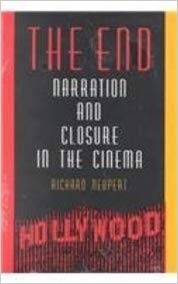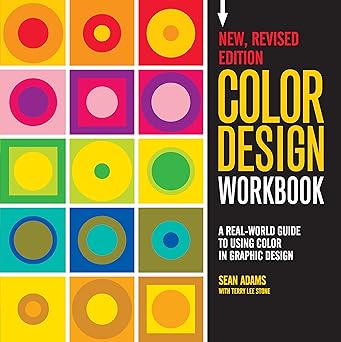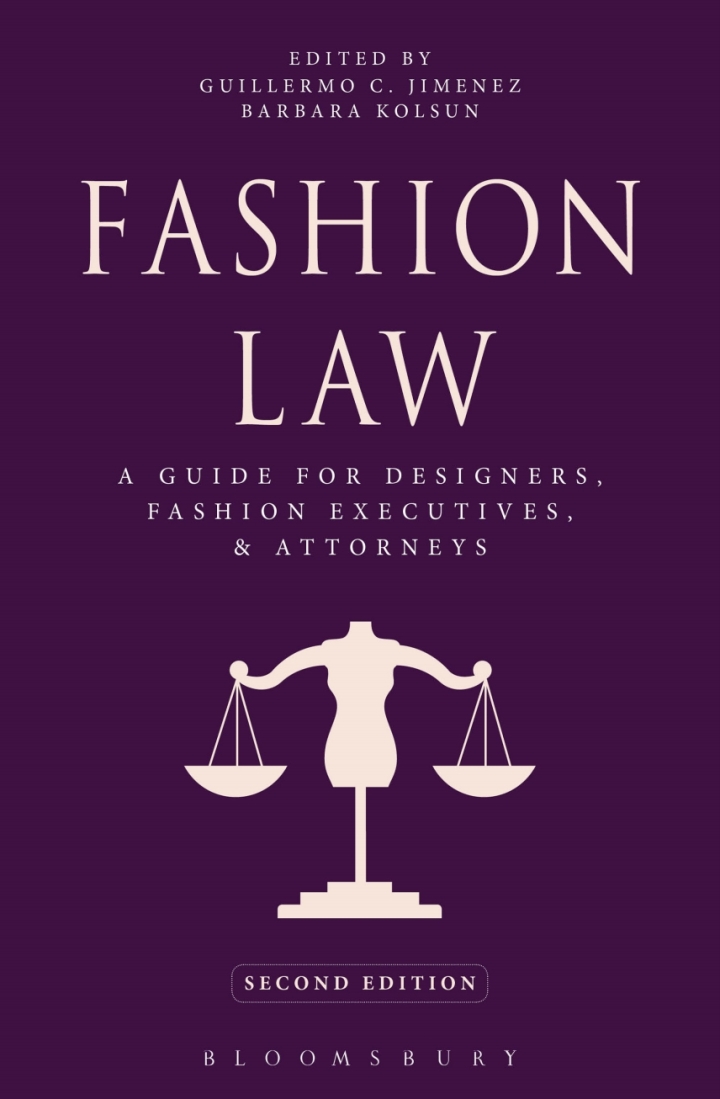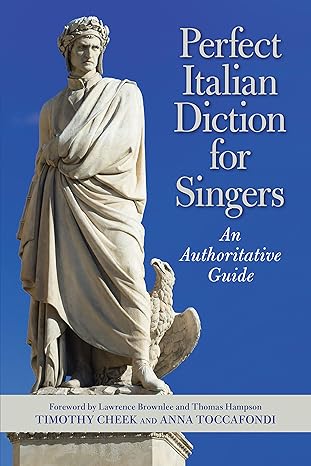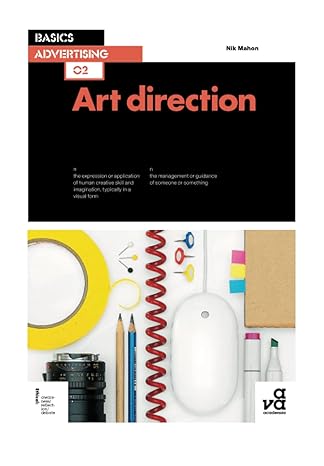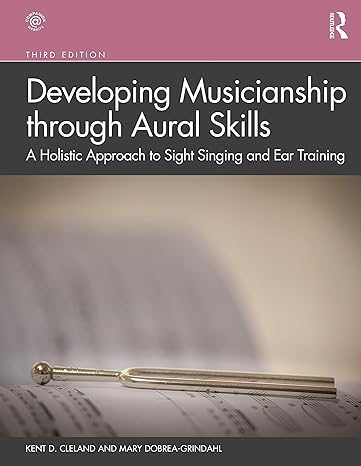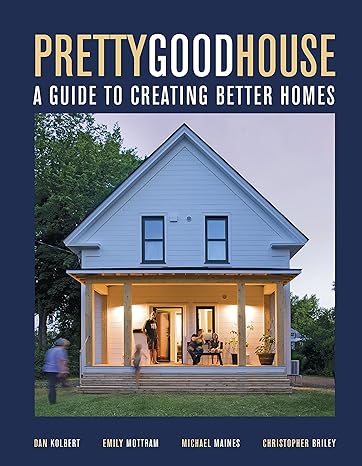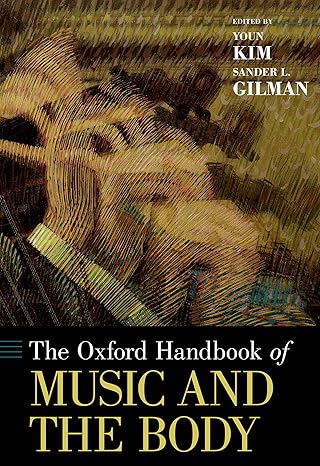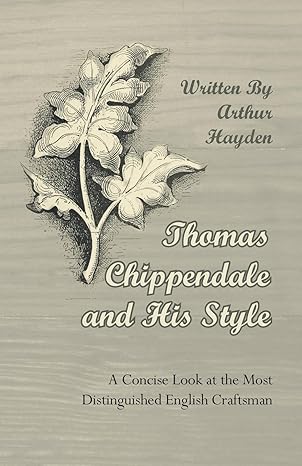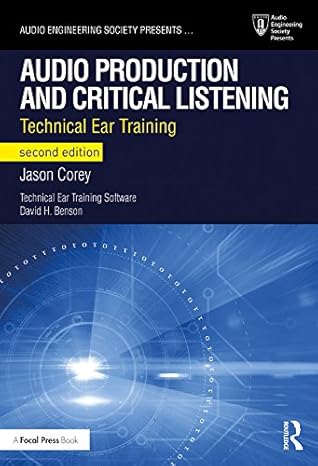Given the importance that spectators grant to the final moments of a motion picture, it is surprising to find so little written on how films end and how audiences interpret those closing moments. This study investigates endings in film and the lively role they play in how and why viewers make sense of movies. Relying upon contemporary literary criticism and film theory, the author analyses narrative strategies in films ranging from the classical Hollywood motion picture to the more modern European art cinema. To assist readers in understanding the various functions of endings, the films are divided into four critical categories: the "Closed Text" film, typical of classical works; the "Open Story" films; the "Open Discourse" film; and the "Open Text" film which struggles to defy story resolution. Detailed textual analysis of sample films reveal how all of the devices of filmic narration - from "mise-en-scene" to soundtracks - direct a viewer's perception, comprehension and interpretation of closure in films. Among the sample films that are featured as test cases for studying endings are "The Quiet Man" (Ford, 1950), "The 400 Blows" (Truffaut, 1959), "Weekend" (Godard, 1967), "Tout va bien" (Godard, 1972), and "Earth" (Dovzhenko, 1930). To round out his informative study of endings in films, Neupert also examines a host of diverse titles, including "Do the Right Thing" (Lee, 1989), "Open City" (Rossellini, 1945) and "The Graduate" (Nichols, 1967).
چکیده فارسی
با توجه به اهمیتی که تماشاگران برای لحظات پایانی یک فیلم سینمایی قائل هستند، شگفتانگیز است که در مورد چگونگی پایان فیلمها و نحوه تفسیر تماشاگران آن لحظات پایانی، نوشتههای کمی وجود داشته باشد. این مطالعه به بررسی پایان های فیلم و نقش پر جنب و جوش آنها در چگونگی و چرایی درک بینندگان از فیلم می پردازد. نویسنده با تکیه بر نقد ادبی معاصر و تئوری فیلم، استراتژیهای روایی را در فیلمهایی از فیلمهای کلاسیک هالیوود تا سینمای هنری مدرنتر اروپا تحلیل میکند. برای کمک به خوانندگان در درک کارکردهای مختلف پایانها، فیلمها به چهار دسته مهم تقسیم میشوند: فیلم «متن بسته» که نمونهای از آثار کلاسیک است. فیلم های «داستان باز»؛ فیلم «گفتمان باز»؛ و فیلم «متن باز» که در تلاش برای سرپیچی از وضوح داستان است. تجزیه و تحلیل متنی دقیق فیلمهای نمونه نشان میدهد که چگونه همه ابزارهای روایت فیلم - از میزانسن تا موسیقی متن - ادراک، درک و تفسیر بیننده از بسته شدن فیلم را هدایت میکنند. از جمله فیلمهای نمونهای که بهعنوان موارد آزمایشی برای مطالعه پایانها ارائه میشوند، میتوان به «مرد آرام» (فورد، 1950)، «400 ضربه» (تروفو، 1959)، «آخر هفته» (گودار، 1967)، «تو و بین» اشاره کرد. (گدار، 1972)، و "زمین" (دوژنکو، 1930). نوپرت برای تکمیل مطالعه آموزنده خود در مورد پایان بندی فیلم ها، مجموعه ای از عناوین مختلف را بررسی می کند، از جمله «کار درست را انجام بده» (لی، 1989)، «شهر باز» (روسلینی، 1945) و «فارغ التحصیل» (نیکلز، 1967).
ادامه ...
بستن ...
Ebook details:
عنوان: The End: Narration and Closure in the Cinema (Contemporary Approaches to Film and Media Series)
نویسنده: Richard Neupert
ناشر: Wayne State University Press (February 1, 1995)
زبان: English
شابک: 0814325254, 978-0814325254
حجم: 11 Mb
فرمت: ُScanned pdf with ocr
ادامه ...
بستن ...
